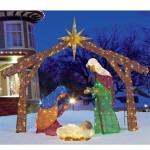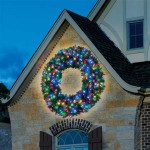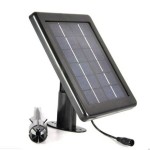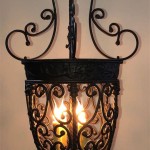What Is The Best Material For Outdoor Steps?
When it comes to outdoor steps, choosing the right material is essential for ensuring durability, safety, and aesthetics. With various options available, each with its own pros and cons, it can be challenging to determine the best material for your outdoor steps. To help you make an informed decision, this article explores the key factors to consider and provides an overview of the most commonly used materials for outdoor steps.
Factors to Consider When Choosing Outdoor Step Material
Before selecting a material for your outdoor steps, there are several factors you should take into account:
- Durability: Outdoor steps are exposed to harsh weather conditions, including rain, snow, and extreme temperatures. Therefore, the material you choose should be able to withstand these elements without cracking, chipping, or deteriorating over time.
- Safety: The material should provide a non-slip surface, especially when wet, to prevent accidents and falls. It should also have good drainage to prevent water from pooling and creating slippery conditions.
- Aesthetics: Outdoor steps are a prominent feature of your home's exterior, so it's important to choose a material that complements the overall design and style of your property.
- Cost: Materials for outdoor steps vary in price, so it's important to consider your budget when making a decision. The cost of the material should also include installation and maintenance costs.
Common Materials for Outdoor Steps
Now that you know the key factors to consider, let's explore some of the most commonly used materials for outdoor steps:
- Concrete: Concrete is a popular choice for outdoor steps due to its durability, affordability, and versatility. It can be poured into different shapes and sizes, and it can be finished in a variety of colors and textures. However, concrete can be prone to cracking and chipping if not properly installed and maintained.
- Natural Stone: Natural stone, such as granite, limestone, and sandstone, offers a timeless and elegant look for outdoor steps. It is highly durable and resistant to wear and tear. However, natural stone can be more expensive than other materials and may require regular sealing to maintain its appearance.
- Brick: Brick is a classic material for outdoor steps, known for its durability and aesthetic appeal. It is available in a variety of colors and textures, and it can be laid in different patterns to create a unique look. However, brick steps can be more difficult to install and maintain compared to other materials.
- Wood: Wood is a popular choice for outdoor steps due to its natural beauty and warmth. It is also relatively easy to install and maintain. However, wood is susceptible to rotting and decay if not properly treated and protected from the elements.
- Composite Decking: Composite decking is a synthetic material made from a combination of wood fibers and plastic. It offers the look of wood without the drawbacks, such as rotting and decay. Composite decking is also low-maintenance and easy to clean.
Making the Right Choice
Ultimately, the best material for your outdoor steps depends on your specific needs and preferences. Consider the factors discussed above and carefully evaluate the pros and cons of each material. It's also a good idea to consult with a professional contractor to get expert advice and ensure proper installation and maintenance.

5 Diffe Step Materials And Their Pros Cons Blessing Landscapes

5 Diffe Step Materials And Their Pros Cons Blessing Landscapes

5 Diffe Step Materials And Their Pros Cons Blessing Landscapes

Outdoor Steps How To Design A Flight Of Oxford College Garden

5 Diffe Step Materials And Their Pros Cons Blessing Landscapes

Best 5 Outdoor Stairs Ideas Stone Stairsdesign Design Exterior Patio Steps
How To Build Stone Steps A Brief Guide Allied Landscape Supply

2024 Granite Step Costs How Much Do Steps Cost

5 Diffe Step Materials And Their Pros Cons Blessing Landscapes

How To Build Railway Sleeper Steps Checkatrade







